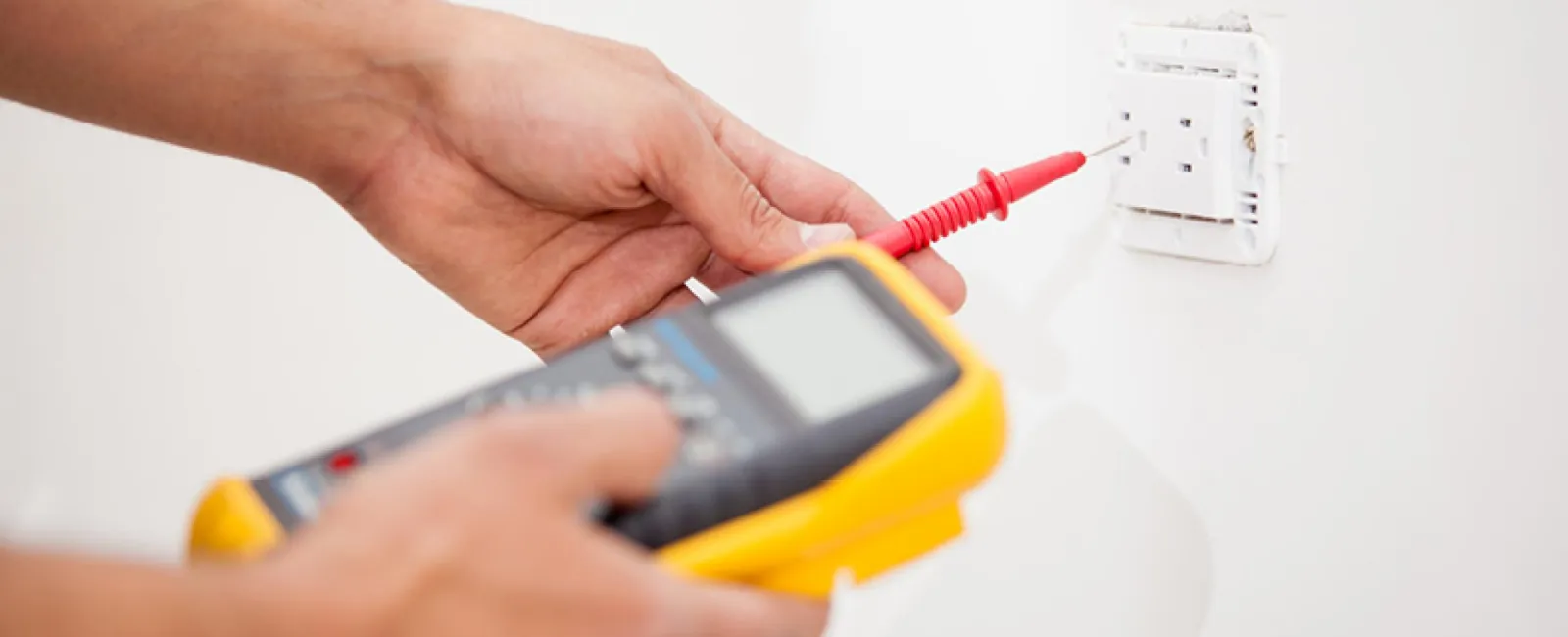Handling issues like electricity is a dangerous activity especially at home. There is always a magnitude of power available in a live outlet that can cause electric shock or even death. Therefore, testing whether a part of the outlet is live can be easily identified using simple electrical instrument or equipment. It is recommended that the test is done before performing any form of work on an outlet.
A multimeter is one of the tools that will display the voltage in a circuit, thereby indicating whether or not there is power in an outlet. If you need help with that, consult an electrician. You may choose to contact Mr. Electric of Atlanta, and our experienced technician is ready to provide you with guidelines on how to use a multimeter to test an outlet.
What a Multimeter Can Do for You
If you're wondering whether power has gotten to the outlet or you wish to know if the white and black wires are reversed, the multimeter can help you do that It allows you to know if a receptacle is properly grounded and which of the cable is entering the box feeds power to the outlet. Meanwhile, there are various type of diagnostic steps you can use to locate electrical problems in an outlet; however, a digital multimeter top the list as it gives an automatic and fast reading that display volts alternating currents (VAC), volts direct current (VDC) and of course ohms.
Setting a Multimeter to measure voltage in an Outlet
To set a multimeter to measure voltage in an outlet, insert a probe into each of the slots, and then you can measure the line voltage. To be sure you have a properly working outlet, the multimeter must give a reading of 110 to 120 volts, this way, you are sure your outlets are working perfectly. However, if your multimeter shows no reading, you may choose to check the wiring and the outlet. To do this, you need to turn off the power and disconnect the outlet from the installation. You can then set your multimeter to ohms and put the probe into one of the outlet slots, then put the other probe on the nearest terminal screw. The meter is expected to indicate continuity, so you can test the remaining slot and terminal.
Identifying the Reading of a Multimeter
The first step you need to take in testing an electrical outlet is to locate the multimeter's connector often labelled as volts and insert the red lead into it. Secondly, you can then connect the black lead, once this setting is done and the multimeter is ready to go. It is important to state that each multimeter differs from another in which case the reading may vary too. Typically, the reading is usually between 110 to 120 VAC, but then, this depends largely on the power levels the outlet is supplying. If the reading in your multimeter shows 0.0, it is likely that you have a bad connection, it may even read 0.0 VAC, VAC or only 0.0, the good news is, once this is set, you may begin testing. If this does not help you, perhaps you have an electrical problem with your outlet and may need to contact an expert from Mr. Electric of Atlanta to help fix the problem.




